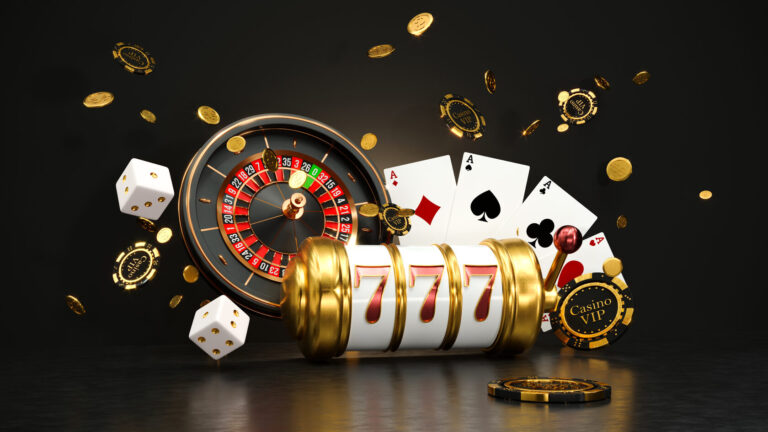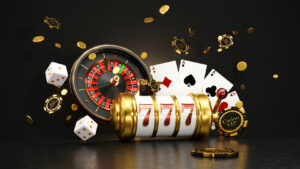Top Trending Stories
Structure and Purpose The Scientific Oversight Committee operates as an independent body that reviews all research outputs...

Fan Favorites
Must-See Content

Weekly Roundup

Our Highlights
Better Gambling Forum Scientific Oversight Committee: Ensuring Integrity and Evidence-Based Policy in Gaming Regulation


2 minutes read
Structure and Purpose The Scientific Oversight Committee operates as an independent body that reviews all research outputs...
Online casinos with $5 and $10 minimum deposits make real money gaming accessible to casual players and...
A straight in poker is one of the most exciting hands a player can make, ranking as...
Free casino games that pay real money with no deposit bonuses allow players to win actual cash...
Casino table games have captivated players for centuries, offering the perfect blend of skill, strategy, and chance...




















